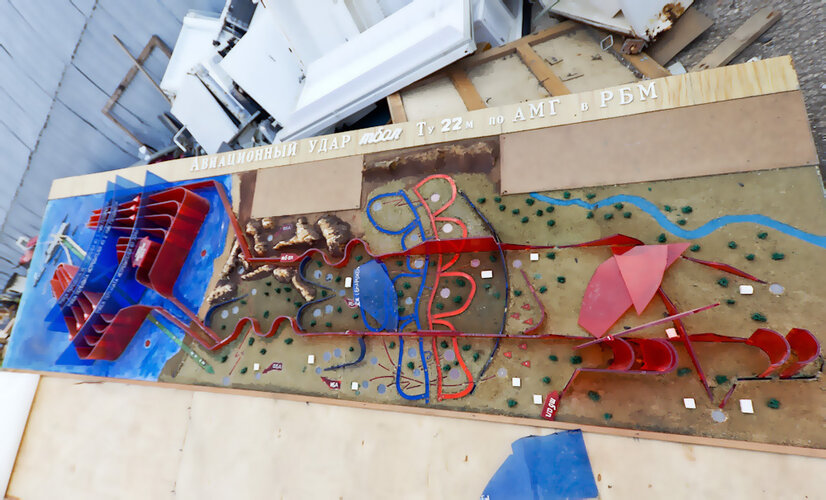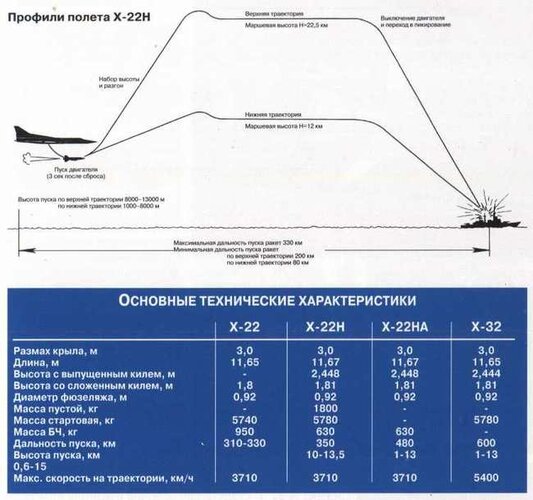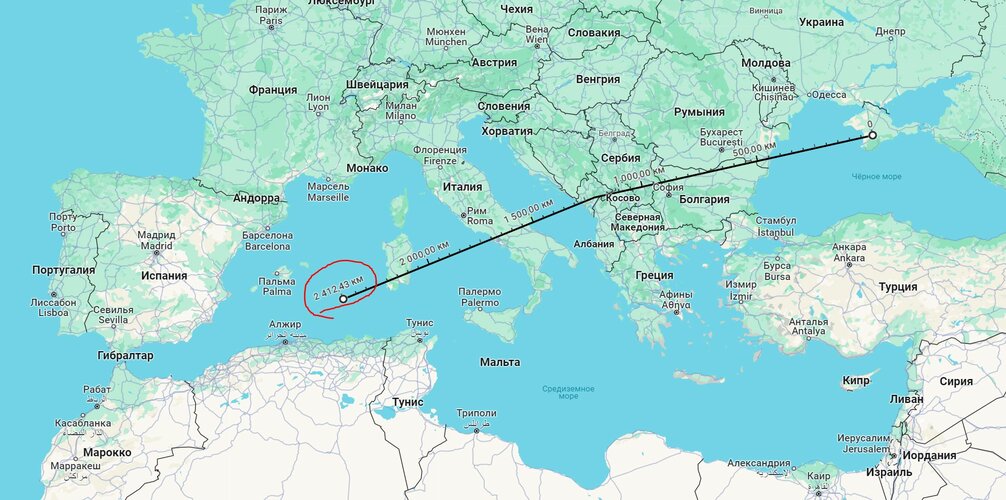Intercept the missiles. Which is what the 14 did anyway, because it couldn't cover more than a narrow arc reliably.
View: https://twitter.com/ThrustWR/status/1728588879010181243?t=o8tGAfoXs35gptNnMdAfpQ&s=19
If you want to have this discussion, we could move to a different thread. I don't think this is the place for it.
I'm very interested in this
The 14s didn't intercept the missiles in combat, same as they didn't intercept the missileers in the form of Tu-22 or 22m/26. Let's not confuse capability with intent, and either of the two with what a random internet person tells us.
The F-14s were not to be flown in ones and twos when the enemy is expected to bring his big guns to the fray, but in flights, if not squadrons. Four F-14s can cover more than 180 deg sector.
54A did not have acceptable ECCM to handle backfires. Soviet DECM with proper response jamming and multi ship synchronization was far better than the 60s era analog circuitry of Phoenix/AWG-9 could handle.
Even APG-63 PSP struggled.
Was the premise of Backfires out-teching the 54As ever tested? If yes, please show sources. Ditto for general Soviet abilities to jam US gear; again, not premises, but real stuff.
Friedman's book does extensively cover the means by which the F-14s would be cued to intercept the bombers, including the use DSP satellites as part of Slow Walker, and basing a Relocatable-Over-The-Horizon-Radar in Scotland.
The entire point of the F-14s was to shoot down the Backfires, because the Soviets had limited amount of Backfires and the specially trained Naval Aviation crews to fly them. The US hope was that by shooting down enough Backfires and killing their crews in the process, that Soviet Naval Aviation could be rendered ineffective and allow US CVBGs free reign.
Aegis' role was primarily to act as a goalkeeper to shoot down missiles that were launched before the bombers got shot down, however there were plans that if given sufficient warning, a radar-silent Aegis cruiser could be sent down the threat vector to ambush the bombers when they flew overhead. This would have had the same problems as the F-14 chainsaw when it came to covering a single arc.
Agreed all the way.




